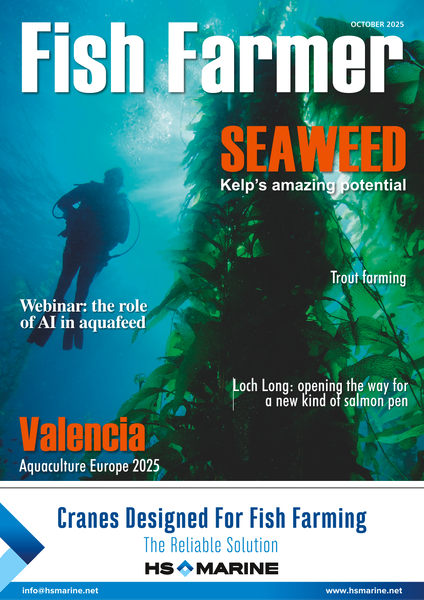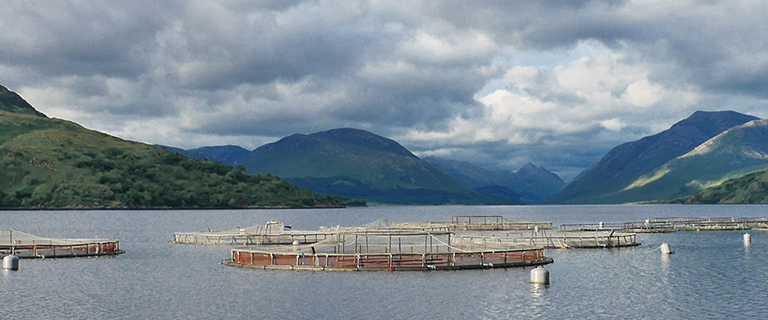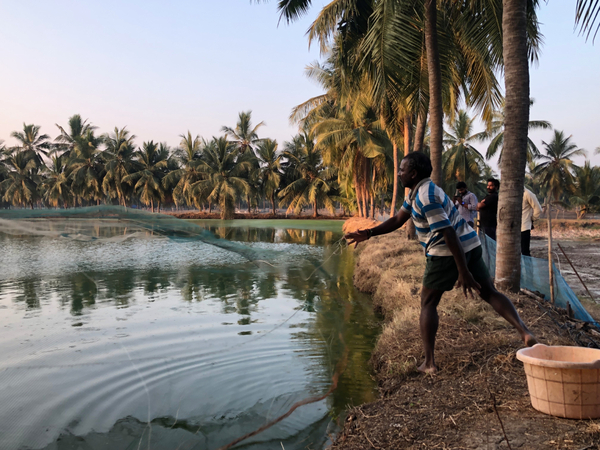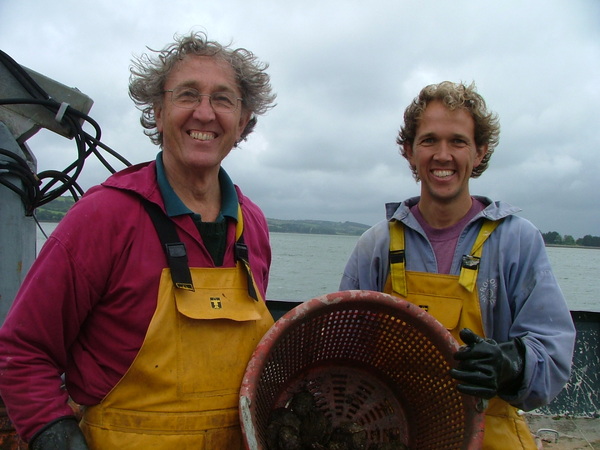Autumn – the season of seafood festivals!
September is always a busy month on the festival calendar, especially for oysters. It kicks off with the Stranraer Oyster Festival, which is a great weekend community event that commemorates the start of Scotland’s native oyster season with world-class chefs, local produce, and a focus on the Loch Ryan oyster beds.
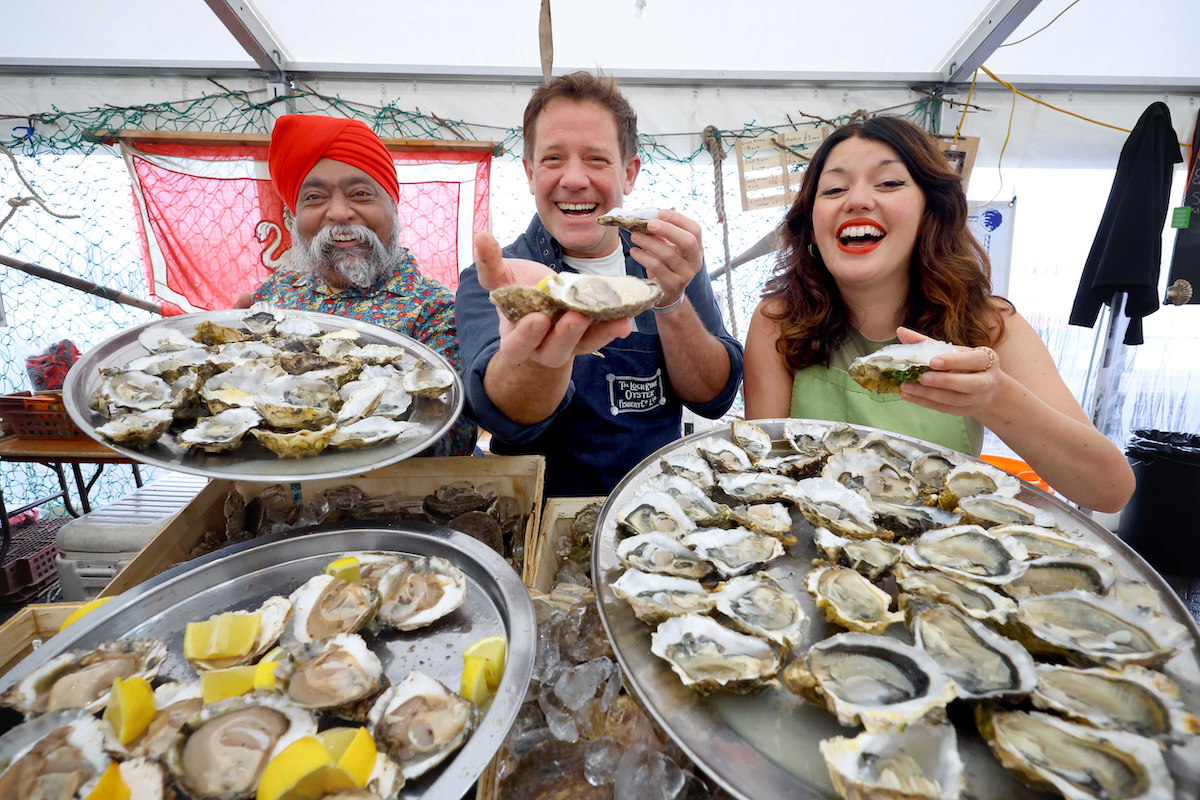
Over the past few years this festival has grown in importance, and now attracts visitors from far and wide. Crowds flock to Stranraer’s scenic waterfront to celebrate the region’s unique marine heritage and generate a welcome late season boost to local tourism.
This year the event featured chefs including Matt Tebbutt, who was recently confirmed as a judge for the next series of MasterChef: The Professionals, Rosemary Shrager, Tony Singh and Julie Lin. Local chef Ryan McCutcheon and food suppliers the Lisi Brothers also gave cookery demonstrations.
Over the weekend, visitors enjoyed local craft stalls, music and dancing into the night, and some excellent food and drink. An exciting new addition for 2025 was a Speakers’ Corner event on Sunday morning, featuring conversations with chefs, oyster experts and marine ecologists in a dedicated marquee.
“This event has become one of Scotland’s most successful food festivals, generating almost £10 million in economic impact since 2017,” said Allan Jenkins, Events Officer for Stranraer Development Trust, which organises the festival.
Loch Ryan Oysters personnel were on hand throughout, to make sure that the importance of sustainable management of the local wild oyster fishery was highlighted.
The oyster beds have been protected by Royal Charter since 1701 and today are operated by The Loch Ryan Oyster Company under the management of David and Tristan Hugh-Jones of Rossmore Oysters. The beds house more than 20 million native oysters and are recognised as an important marine conservation success story.
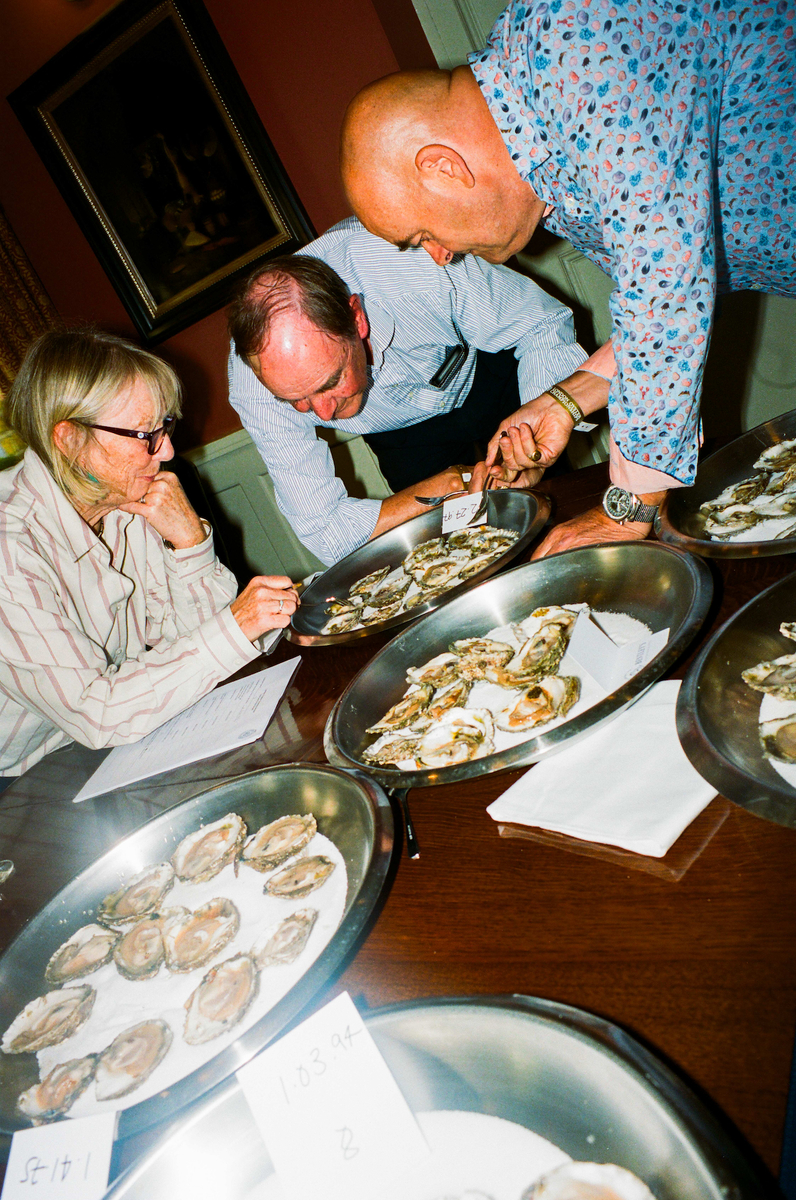
Oyster shucking at its best
A major highlight of the event is the Scottish Oyster Shucking Championship, using Loch Ryan oysters. There is fierce competition for the title, as chefs, oyster growers, producers, fishermen and industry professionals battle it out against the clock, in a bid to be named the Scottish Champion. The winner was Alexander Wallace, who went on to represent Scotland at the World Oyster Opening Championships in Galway.
The London Oyster Opening Championships, held at Bentley’s Oyster Bar and Grill, was also a lively affair, and featured both a “best dressed” oyster competition and a shucking competition.
A series of heats, where contestants had to open 12 native oysters against the clock, enabled the judges to whittle the competition down to five finalists, who were challenged to open a further 30 oysters.
The judges (myself included) work from a closed room, to ensure that no favouritism can take place and that the whole process is anonymous. Trays of oysters arrive with a sticker indicating the time taken to open. These are examined for appearance, and penalty seconds added for flaws, including the meat not being severed from the shell, grit on the flesh, cut or sliced flesh, blood on the oyster, and missing oysters. Bonus points are awarded for attractive presentation of the tray of opened oysters. The test for the judges is how attractive the tray would look for a customer in a hotel or restaurant.
The winner, determined by the lowest combined time, bonus and penalties, was previous winner and expert opener Federico Fiorillo from Bentley’s.
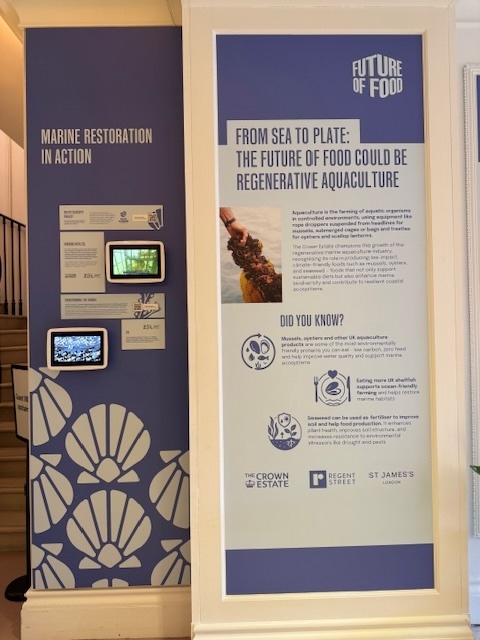
Future of food pop-up
The future of food was the subject of a Crown Estate-sponsored series of ticketed events in London throughout September, focused around sustainability, innovation and creativity. The aim was to show how our food from land and sea plays an integral role in shaping our future and that of the world we live in. A free-to-enter Discovery Zone, located just off Regent Street, offered a space for the public to learn and be inspired, and the organisers were delighted with attendance.
The space featured colourful wall panels that took food back to basics and included sections on sustainable fisheries and aquaculture. Contributions were made by the Shellfish Association of Great Britain, whose panel included information on regenerative marine aquaculture and its benefits, along with a film on the Ropes to Reefs project; the Zoological Society of London on seascape and river restoration projects; and Shell to Shore, which is working on oyster restoration projects in partnership with Blue Marine Foundation, Wright Brothers and Essex Wildlife Trust, supported by the Crown Estate.
Shell to Shore collects waste oyster shells from participating London restaurants and recycles them to help restore native oyster populations in coastal waters. This collaborative initiative is addressing the significant decline of vital native oyster reefs.
The collected shells are weathered for at least six months to remove bacteria and organic material, making them safe for reuse in the ocean. Cured shells are transported to coastal restoration projects, where they are placed on the seabed to provide cultch - a hard surface for juvenile oysters to attach and grow, thereby helping to re-establish reefs. School groups were welcomed during the week for interactive sessions and teachers report that they found these most informative.
Why not try these links to see what our Fish Farmer AI can tell you.
(Please note this is an experimental service)
